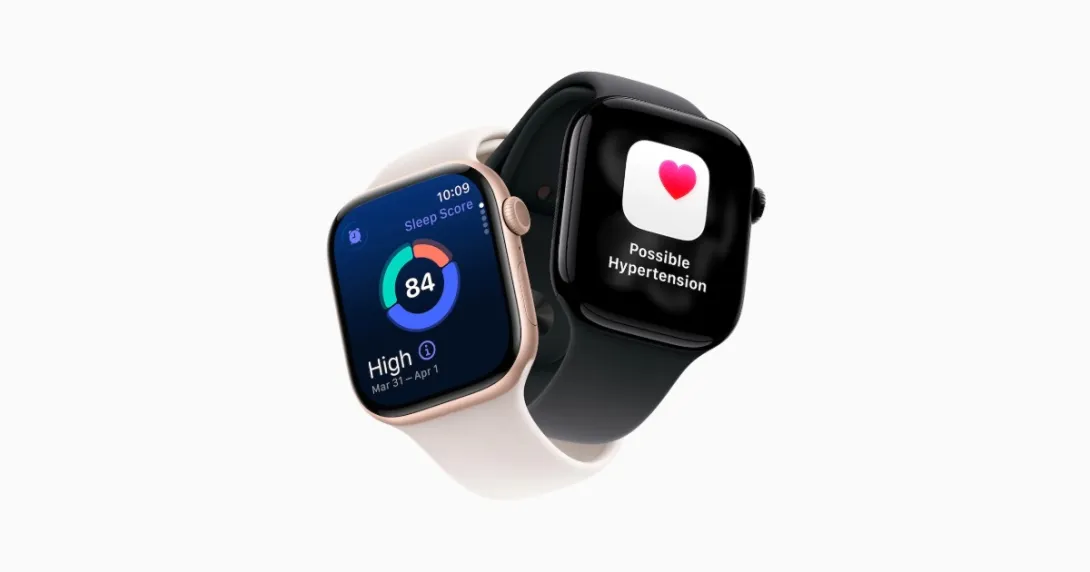
Dr. Alex Warman, administrator of perioperative business services at Lehigh Valley Health Network, part of Jefferson Health
Photo: Dr. Alex Warman
Healthcare organizations are facing no shortage of challenges nowadays. Among some of the biggest, as shown by organizations including The American Hospital Association and Deloitte Center for Health Solutions, is the need to focus on acquiring patient market share and the preservation of loyal consumers.
THE CHALLENGE
Successful healthcare organizations are those that are able to market and sell their brand and generate patient loyalty by providing services that not only meet the needs of the patient population but are easily accessible and economical, said Dr. Alex Warman, administrator of perioperative business services at Lehigh Valley Health Network, now part of Jefferson Health. Lehigh Valley is a health system with 32 hospitals and more than 700 sites of care located throughout Lehigh Valley, Delaware Valley, northeastern Pennsylvania and southern New Jersey.
"To meet these needs requires a great deal of data that is fragmented across multiple systems, including electronic health records, departmental systems and market share data," he noted. "Since most of this data does not communicate with each other, it has become extremely difficult to unify and analyze to create any predictive modeling.
"Additionally, the integrity of the data faces being compromised as users try to combine the data manually, sometimes with incomplete records and entries, and using free-text notes versus structured data fields," he continued. "This leads to unreliable analytics."
In the surgical arena, leaders and hospital executives are requesting real-time data such as key performance indicators, including: on-time-first case start accuracy, scheduling accuracy, various utilization metrics, turnover time between cases, and variable contribution margin including supply expense/procedural expense variation, he added.
"The current challenges faced across the industry is that many of these reports are historical and are reviewed in the same fashion – this is what we did, how are we going to improve on the historical data? This is the utilization report for the last quarter, what are the action plans?" he said.
PROPOSAL
Lehigh Valley decided to move away from historical reporting to active management reporting. As the healthcare landscape continuously evolves, so do data analytics.
"Active management reporting is integral with improving operational efficiencies and aids in strategic decision making," Warman explained. "As we are all aware, data uncovers patterns, trends, clinical insights, operational insights and the finances associated with them. Through techniques like visualization of the data, predictive modeling and real-time analytics, healthcare organizations can enable themselves to enhance quality of care while managing expenses.
"Active management reporting was extremely important to our organization; it ensured we were making decisions in a timelier manner, and the use of active reporting involving dashboards, automated alerts and real-time key performance indicators drove continuous performance monitoring and accountability," he continued. "Active management reporting changed our culture by providing a mode to seek continuous improvement and holding our teams accountable."
MEETING THE CHALLENGE
Data analytics has become an integral component of Lehigh Valley's success.
"Using Optum's Crimson AI, Tableau and Epic, we successfully merged our data into one visual platform," Warman explained. "This team has designed and implemented innovative systems that offer leadership readily available data to improve efficiency, lower cost and provide the highest quality patient care.
"The development of key performance dashboards has provided business intelligence around procedural volume, length of stay and efficiency metrics such as on-time-first-case-start percentages, turnover times, same day cancellation rate, and case scheduling accuracy," he continued.
This team continues to push forward with the innovation, linking surgical case data with quality and cost data. These efforts continue to set the health system apart from other health systems by leading to the provision of affordable quality healthcare, he added.
RESULTS
With the help of Optum's advanced analytics and dedicated advisor, Lehigh Valley developed a comprehensive savings strategy across the health system.
"The strategy improved understanding of cost factors and successfully reduced supply expenses, enhanced rebate negotiations, and further standardized item approval and preference card processes," Warman reported. "The challenge of perpetual cost savings continues to be a challenge across the nation.
"While Lehigh Valley implemented quick wins with savings strategies including reducing the number of vendors used across service lines, including urology, orthopedics and general surgery, our health system came up with ways to engage our frontline colleagues to find cost savings while keeping patient safety and quality a priority," he continued.
Throughout FY20-FY22, Lehigh Valley teams have created multiple initiatives such as the Periop Olympics and Super Bowl of Savings to involve nursing colleagues with cost-saving initiatives. This included supply reduction and par level reviews across operating rooms, delaying $160,726 of operational purchases over a three-month period.
"This colleague engagement raised the interest of our surgeons, which led them to begin their own campaign of cost reduction by removing the preference from their preference cards and move to procedure base cards," Warman said.
A few examples of where surgeons led the clinical edge regarding surgical procedure standardization include:
- TURP averaged $577 a case and was reduced to $450 a case for $5,461 in annual savings.
- TURB averaged $277 a case and was reduced to $186 a case for $2,093 in annual savings.
- PERC averaged $1,443 a case and was reduced to $1,016 a case for $5,124 in annual savings.
- Lap Chole averaged $641 a case and was reduced to $429 a case for $75,189 in annual savings.
- Lap Appe averaged $786 a case and was reduced to $747 a case for more than $22,000 in annual savings.
"We continue to empower our frontline colleagues to find savings across the health system," he reported. "More than $2.5 million of realized savings was attributed to perioperative services."
ADVICE FOR OTHERS
Warman said as the Lehigh Valley health system grows via the partnership with Jefferson Health, Lehigh Valley is making quality decisions and balancing the needs of multiple constituents in the health delivery systems.
"In short, our ability to actively manage data is the conduit to success in today's healthcare environment," he said. "Our keys to success are maintaining engagement with our frontline colleagues and surgeons."
Other keys to success according to Warman include:
- Accountability comes from the entire team.
- It does not come from the top down or bottom up, it requires everyone to be on the same page.
- Transparent data is shared in standard meetings.
- Individual interventions are sent for outlier performers.
- The health system enlists clinical leadership and physician champions in opportunity identification and communication across all initiatives.
- All data is vetted with sourcing teams, the value analysis team, surgeons and operating leadership prior to presenting to all teams, which is critical to fostering colleague and surgeon trust.
- The health system includes all formulas, calculations and methodologies in presentations.
"Leveraging data analytics and active reporting is not an option, it is a strategic imperative," he advised. "Health systems that invest to improve operational excellence and patient care through data, while fostering culture change through accountability and active management, will find themselves in a better position."
Follow Bill's health IT coverage on LinkedIn: Bill Siwicki
Email him: bsiwicki@himss.org
Healthcare IT News is a HIMSS Media publication.
WATCH NOW: EHR transitions: How to ensure adoption and satisfaction


